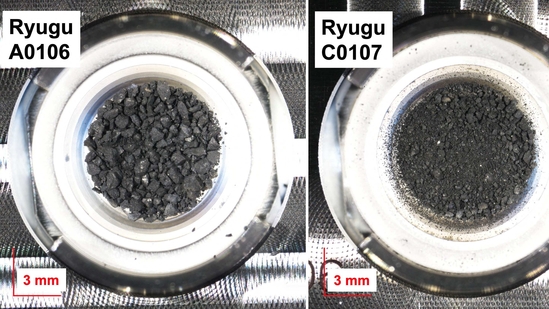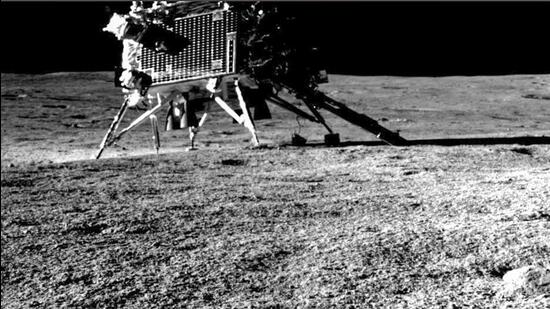QUICKREADS

Life on Earth seeded from outer space? New study on asteroids suggests ‘strong evidence’
Scientists have discovered the chemical compound uracil, one of the building blocks of RNA, in an asteroid 300 million km away. This lends weight to the theory that life on Earth may have been seeded from outer space when asteroids crashed into our planet carrying fundamental elements. The discovery offers "strong evidence" for prebiotic evolution and the emergence of life.

Tim Friede: Man bitten by snakes hundreds of times helps create broad antivenom
Tim Friede, a self-taught snake enthusiast, endured hundreds of venomous bites, enabling researchers to develop a potentially groundbreaking antivenom. His unique antibodies could help treat snakebite victims globally, particularly in India, by neutralizing toxins across multiple snake species.

Potential presence of primitive lunar mantle materials on Chandrayaan-3 landing site: Study
Chandrayaan-3's landing site revealed high sulphur levels, suggesting presence of primitive lunar mantle materials from the South Pole-Aitken basin's formation 4.3 billion years ago, offering insights into early lunar evolution and composition.






